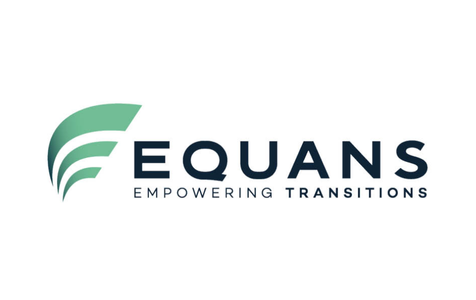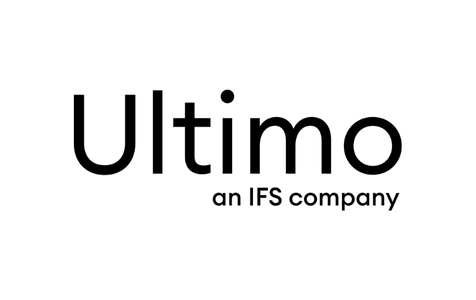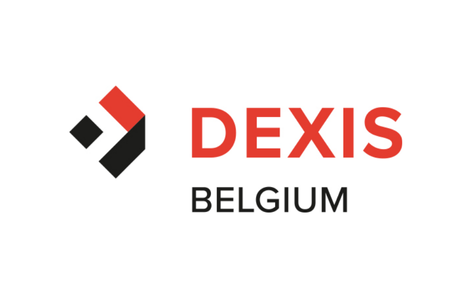Coaching trajectory: Evolving from a maintenance to an asset management organisation
Many companies that already have a well-functioning maintenance management system would like to have an asset management plan for all their installations. In many cases, this is the logical run-up to the evolution of an Asset Management organisation.

Yet there is, both justifiably and unjustifiably, uncertainty and cold feet when it comes to taking these steps. Nevertheless, practice has shown that the added value in the longer term is very great.
In a (strategic) asset management plan, the organisation's objectives are translated into a plan for the maintenance and asset management organisation and it is explained how these objectives will be realised. Themes such as aging assets are objectified and a plan is drawn up to bring the average age and associated condition back up to the required level. It is important here to move on to life cycle optimisations whereby the total life cycle is taken into consideration.
During this application trajectory, the participant lays the foundation step by step to build all this up. In a small group under the guidance of a very experienced specialist and teacher, you will be given theory combined with practical assignments to carry out yourself. Because of the period of several weeks between each session, there is sufficient time to put the insights into practice in your own company.
This application track distinguishes itself from classic (Asset) Management training by focusing on the most essential processes that have not yet been (sufficiently) elaborated in many companies.
Evolving from Maintenance to Asset Management
One of the goals of this trajectory is to let the maintenance organisation evolve into an asset management organisation. Asset Management is a concept that has been used increasingly in recent years both in the public sector (e.g. infrastructure managers) and in the private sector (e.g. manufacturing companies).
ISO 55000 defines Asset Management as the "coordinated activity of an organisation to realise value from assets". It is a set of procedures and tools for optimising the performance of physical assets throughout their life cycle. Asset Management helps companies make the right trade-offs between costs, returns and risks. In this way, it contributes to the structural and sustainable improvement of the operating result.
More and more companies and organisations are looking at how the processes surrounding investment and management of infrastructure, installations and/or machinery fit in with the Asset Management principles as put forward in the ISO 55000 standard. The principles behind the standard help organisations to ensure that everyone and in the organisation around the assets is working towards the same goals and that operational silos are broken down. Currently, too often much value is lost through sub-optimization.
Learning objectives
By participating in the application process, you will learn to:
- Draw up a Strategic Asset Management Plan (SAMP).
- Draw up an Asset Management Plan.
- Set and monitor Asset Management objectives.
- Involve stakeholders in the different steps of Asset Management.
- Demonstrate how to create value with Asset Management.
After completing the assignments in the application track, your company will have:
- A Strategic Asset Management Plan for a well-defined group of assets.
- A Criticality Ranking for one asset family.
- An Asset Management Plan for (a part of) these assets.
- A Basic LTAP (Long Term Asset Plan) for one asset family.
- A basic LCP (Life Cycle Plan) for one asset family.
- An approach to make the ageing of an asset transparent and open for discussion.
- An approach to choose the right contract form for outsourced work and to monitor the contract.
- The results of a Self Assessment Gap analysis compared to the ISO 55000 standard.
Content per session
| Content | Subjects | Homework assignment |
|---|---|---|
| 1. The essential building blocks of Asset Management and the Strategic Asset Management Plan (SAMP) - Understanding the Asset Management domain What needs to be done: standards and framework ISO 55000 How can you do it? Which models can support you? | Asset Management Context - Asset Management Policy & SAMP | High Level SAMP (Stakeholder map / SWOT / naming: AM goals for the value drivers) |
| 2. Asset data, Asset condition, Asset criticality - What information do you need for Asset Management? How do you ensure that this data remains current? How do you monitor the condition? How do you determine critical assets? | Discussing homework (Basic SAMP) / Asset data control / life cycle data Management of Asset Change Condition monitoring / Criticality Ranking (link with Reliability Engineering) | Criticality Ranking for one asset family |
| 3. Risk Based Decision Taking and approach for investment decisions -How do you make ageing transparent? How do you define measures? How to make portfolio choices using business cases and risk matrix? | Discussing homework (Criticality Ranking) / LTAP: Long Term Asset Plan / (Asset health model) LCP: Asset Life Cycle Plan Portfolio choices (existing & new assets) business cases & risk reduction | Basic LTAP for one asset family / Basic AMP |
| 4. Controlling Asset Management Plans and activities - How do you deal with outsourcing? How do you guarantee results of outsourced work? How do you guarantee results of internal works? | Discussing homework (Basic LTAP) / Sourcing choices (Outsourcing Control) Controlling external service providers / Steering of internal service providers | Basic LCP (Life Cycle Plan) for one asset family |
| 5. Asset Management within the framework of ISO 55500 - Setting up the Maintenance & Asset Management system: process organisation, IT, content, control: what are the ISO requirements? How does an ISO 55 000 certification process work? How do you measure ISO 55 000 compliance? | Discussing homework (Basic LCP) / Asset management system design / Certification | Self assessment ISO 55000 (optional assignment) |
Who is this training for?
Technical-Operational managers (asset managers, technical directors, maintenance managers, fleet managers, etc...) who want to start applying the Asset Management principles within their organisation. Preferably you already have an understanding of what Asset Management entails. We will gladly send you some reading material if that is not the case.

Trainer
Peter Decaigny is Partner at Mainnovation. Peter obtained his Master of Science degree in Electricity in 1995. Afterwards he graduated as a Business Engineer at the University of Ghent (in cooperation with the Vlerick Management school). Peter held several maintenance management positions. He started his career at Volvo Cars Ghent. In 2004, he was responsible for making the maintenance approach uniform throughout all Volvo Cars plants. Here he implemented the Value Driven Maintenance (VDM) approach. From 2006 until 2009 Peter was Business Team Manager at Siemens for a team that executed energy and maintenance projects. Since 2009 Peter is working for Mainnovation. As Partner he is responsible for the Mainnovation activities in Belgium and France. Next to that he performs VDMXL audits and leads large change trajectories.
Coaching trajectory
An coaching trajectory is a training that consists of a kick-off session followed by several follow-up sessions. After each session the participants get to work with the concepts they have learned by applying them in their company. During the subsequent session, experiences are shared with the other participants and challenges and solutions are discussed. Afterwards, preparations for the next application phase are started.
After the full programme, the participant has not only gained knowledge and experience, but has also made improvements in the company he works for. An application trajectory therefore offers an interesting ROI for the participant and the company.
Graag min. 14 dagen voor de start inschrijven. PO kan later bezorgd worden.







